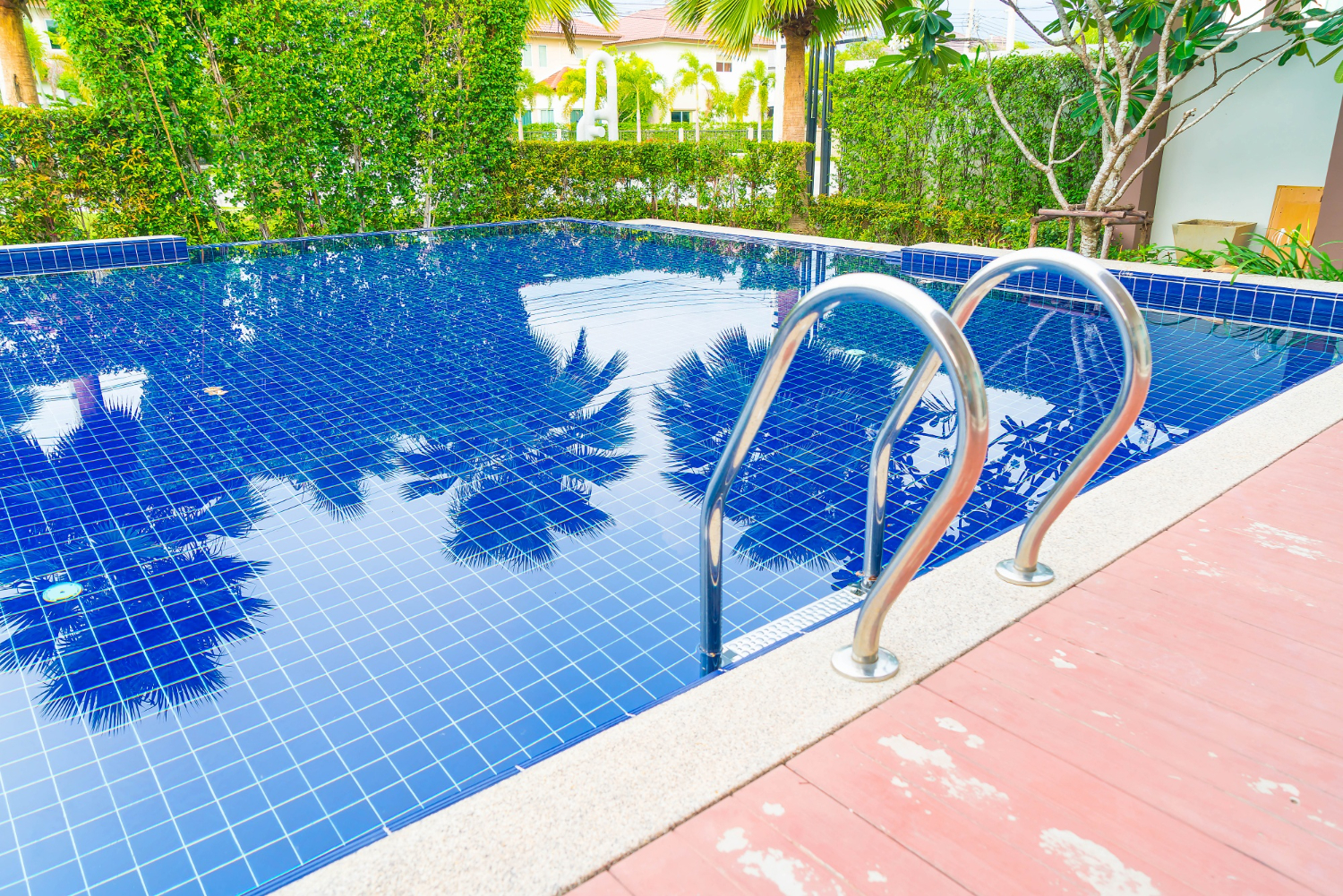A swimming pool can be the centerpiece of summer fun and relaxation, but it also comes with the responsibility of ensuring safety for everyone who uses it. Whether you’re a new pool owner or have had one for years, it’s crucial to prioritize safety measures to protect your family and guests. Here’s a comprehensive guide to swimming pool safety, covering everything from physical barriers to emergency preparedness.For more information check out pool contractors
1. Install a Secure Pool Fence
a. Choose the Right Fence One of the most effective ways to prevent accidents is to install a pool fence. A sturdy, four-sided fence that completely surrounds the pool is ideal. The fence should be at least four feet high, with a gate that is self-closing and self-latching. Make sure the latch is out of reach of children to prevent them from accessing the pool unsupervised.
b. Comply with Local Regulations Be sure to check and comply with local regulations regarding pool fences. Many areas have specific requirements, such as the height of the fence, the spacing between bars, and the type of gate latch that must be used. Meeting these standards not only ensures safety but also keeps you in compliance with the law.For more information check out pool company in dubai
2. Use Pool Covers and Alarms
a. Pool Safety Covers A pool safety cover is another essential barrier that can prevent accidental drownings. Unlike regular pool covers, safety covers are designed to support the weight of a person or pet, preventing them from falling into the water. When not in use, always keep your pool covered, and ensure the cover is securely fastened.
b. Pool Alarms Pool alarms add an extra layer of security by alerting you to unauthorized or unexpected activity in or around the pool. There are different types of alarms available, including surface wave alarms, sub-surface disturbance alarms, and gate alarms. Consider using multiple alarms for comprehensive protection.
3. Establish Pool Rules
a. Set Clear Guidelines Establishing and enforcing pool rules is crucial for maintaining a safe environment. Some essential rules to consider include:
- No running around the pool deck
- No diving in shallow areas
- Always swim with a buddy
- No glass containers near the pool
- Keep toys away from the pool when not in use to prevent accidental falls
b. Communicate Rules to Guests Make sure that all family members and guests are aware of the pool rules before they enter the water. For larger gatherings, consider posting the rules in a visible location or going over them with everyone beforehand.
4. Supervise Children at All Times
a. Designate a Water Watcher Constant supervision is the most effective way to prevent accidents in the pool. Designate a responsible adult as the “water watcher” during pool time. This person should avoid distractions such as phone calls, reading, or consuming alcohol and focus solely on monitoring swimmers, especially children.
b. Teach Kids Pool Safety Educate children about the dangers of water and the importance of following pool rules. Enroll them in swimming lessons at an early age to build their confidence and swimming skills. However, never rely solely on their swimming ability as a safety measure.
5. Learn and Practice CPR
a. Get Certified In the event of an emergency, knowing how to perform CPR can save a life. Consider taking a CPR certification course from a recognized organization like the Red Cross or American Heart Association. Ensure that all family members and regular pool users are also trained in CPR and basic first aid.
b. Keep Emergency Equipment Nearby Have a fully stocked first aid kit, life-saving flotation devices, and a pool hook readily accessible near the pool. Familiarize yourself with how to use this equipment so you can respond quickly in an emergency.
6. Maintain Proper Pool Chemistry
a. Regular Water Testing Maintaining the correct chemical balance in your pool is essential for preventing waterborne illnesses and ensuring a safe swimming environment. Test the water regularly for chlorine levels, pH, alkalinity, and calcium hardness. Keep a log of your test results and chemical adjustments.
b. Avoid Chemical Hazards Store pool chemicals in a cool, dry place, away from direct sunlight and out of reach of children. Always follow the manufacturer’s instructions when handling and adding chemicals to your pool. Never mix different chemicals together, as this can cause dangerous reactions.
7. Prepare for Emergencies
a. Have a Plan Develop an emergency action plan that outlines what to do in case of a pool-related accident. This plan should include steps for calling emergency services, performing CPR, and removing the person from the water. Practice this plan regularly with your family and guests.
b. Post Emergency Numbers Keep a list of emergency phone numbers, including poison control, your local fire department, and a nearby hospital, in a visible location near the pool. Make sure all pool users know where to find this information and how to use it.
8. Be Mindful of Weather Conditions
a. Monitor Weather Forecasts Before using the pool, check the weather forecast. Avoid swimming during thunderstorms or when lightning is in the area. Even if a storm seems distant, it’s best to err on the side of caution and stay out of the water until it has passed.
b. Secure the Pool During Bad Weather If a storm is approaching, make sure to secure loose items around the pool area, as strong winds can turn them into dangerous projectiles. Close and lock the pool cover to prevent debris from entering the water.
Conclusion
Swimming pools provide endless opportunities for fun and relaxation, but safety should always come first. By implementing these essential safety tips—installing physical barriers, using pool alarms, establishing clear rules, supervising swimmers, and preparing for emergencies—you can create a secure environment that protects your family and guests. A little precaution goes a long way in ensuring that your pool remains a safe and enjoyable place for everyone.




Be First to Comment